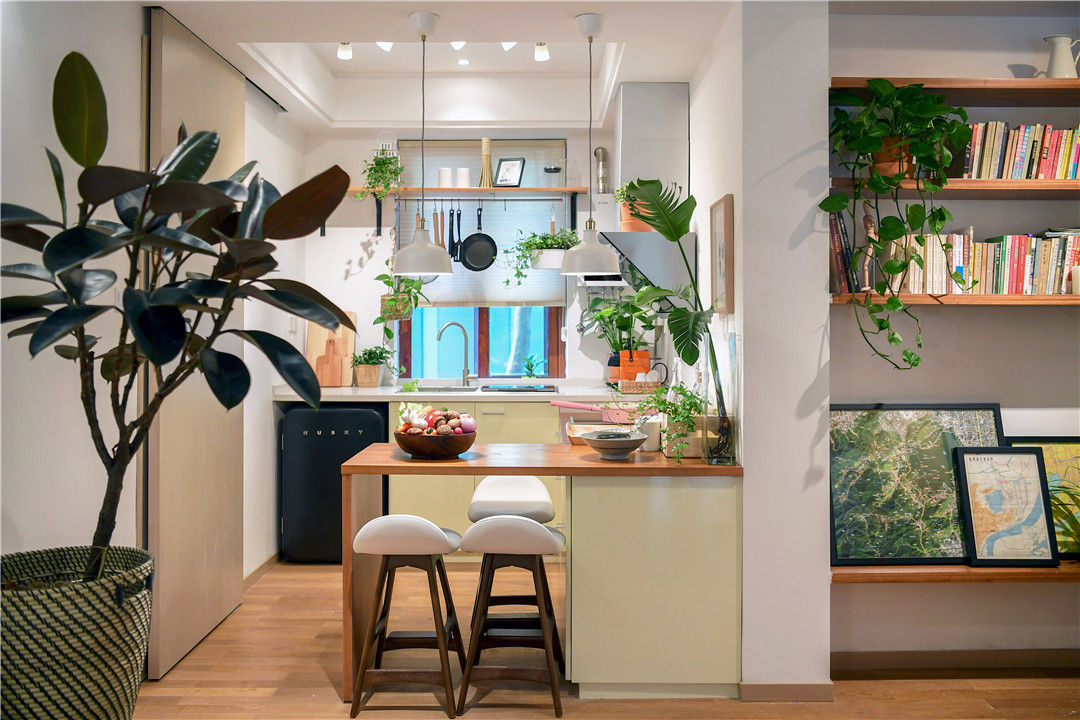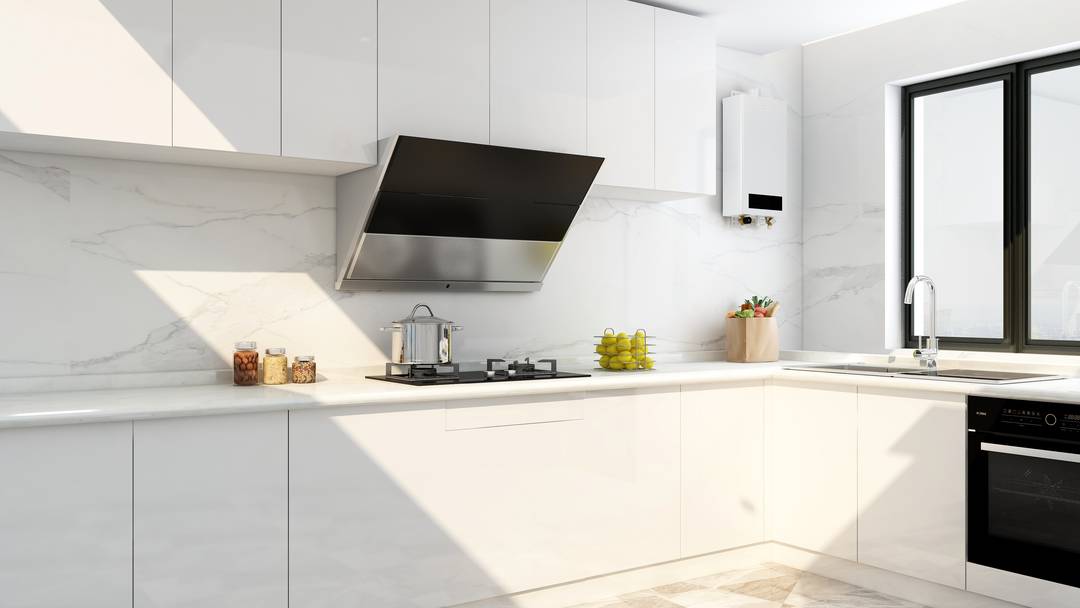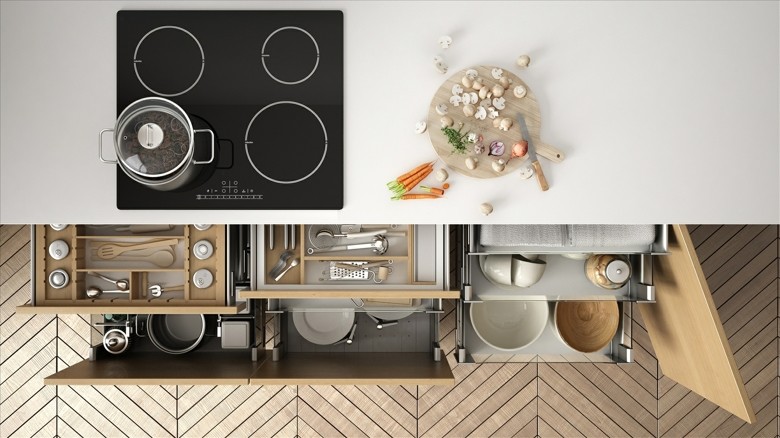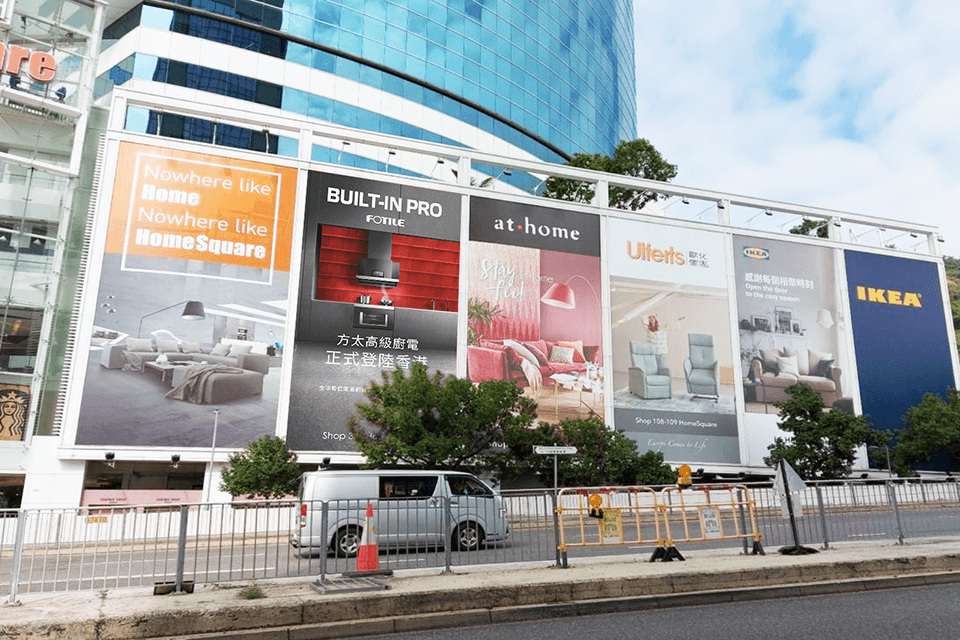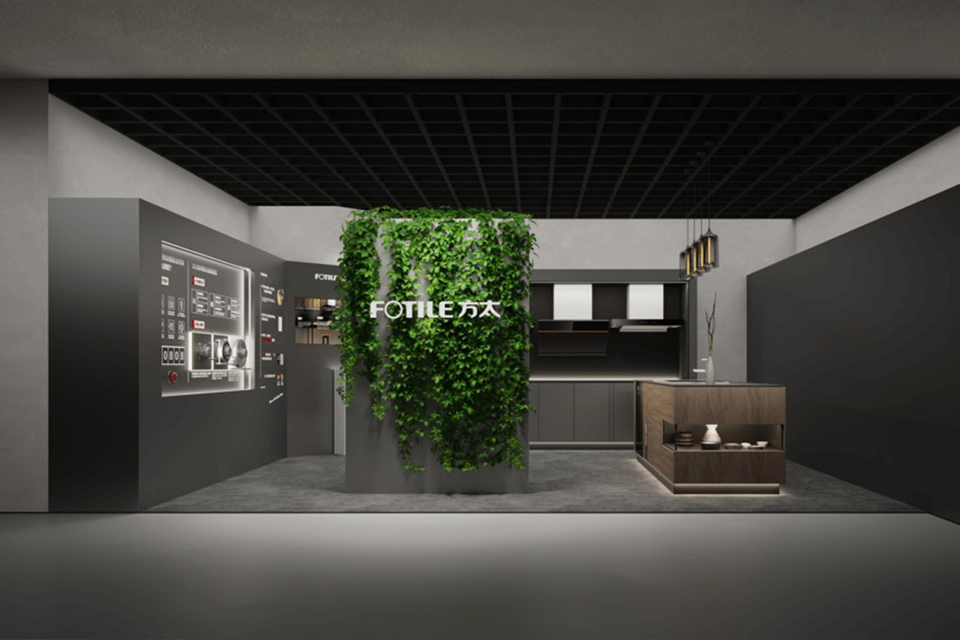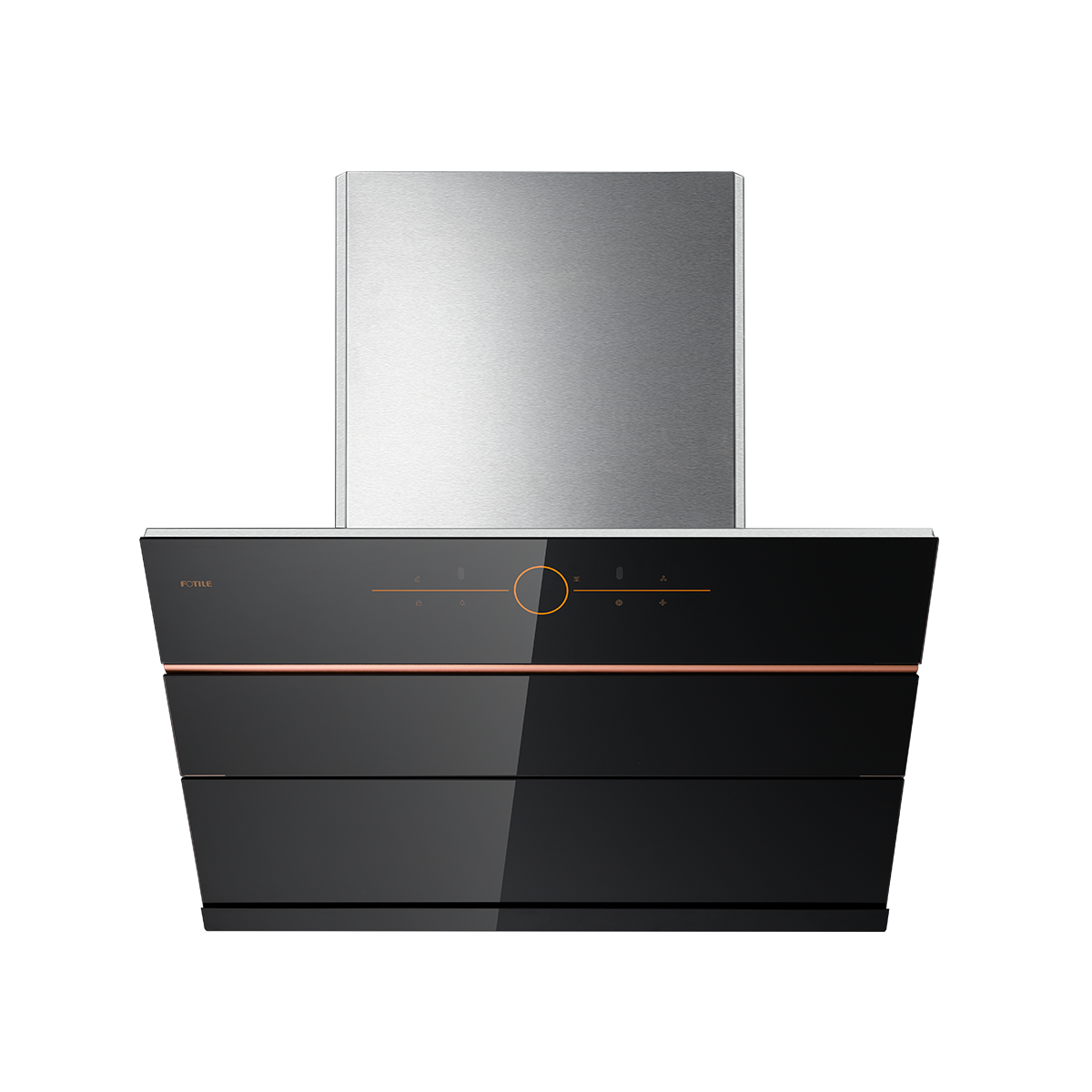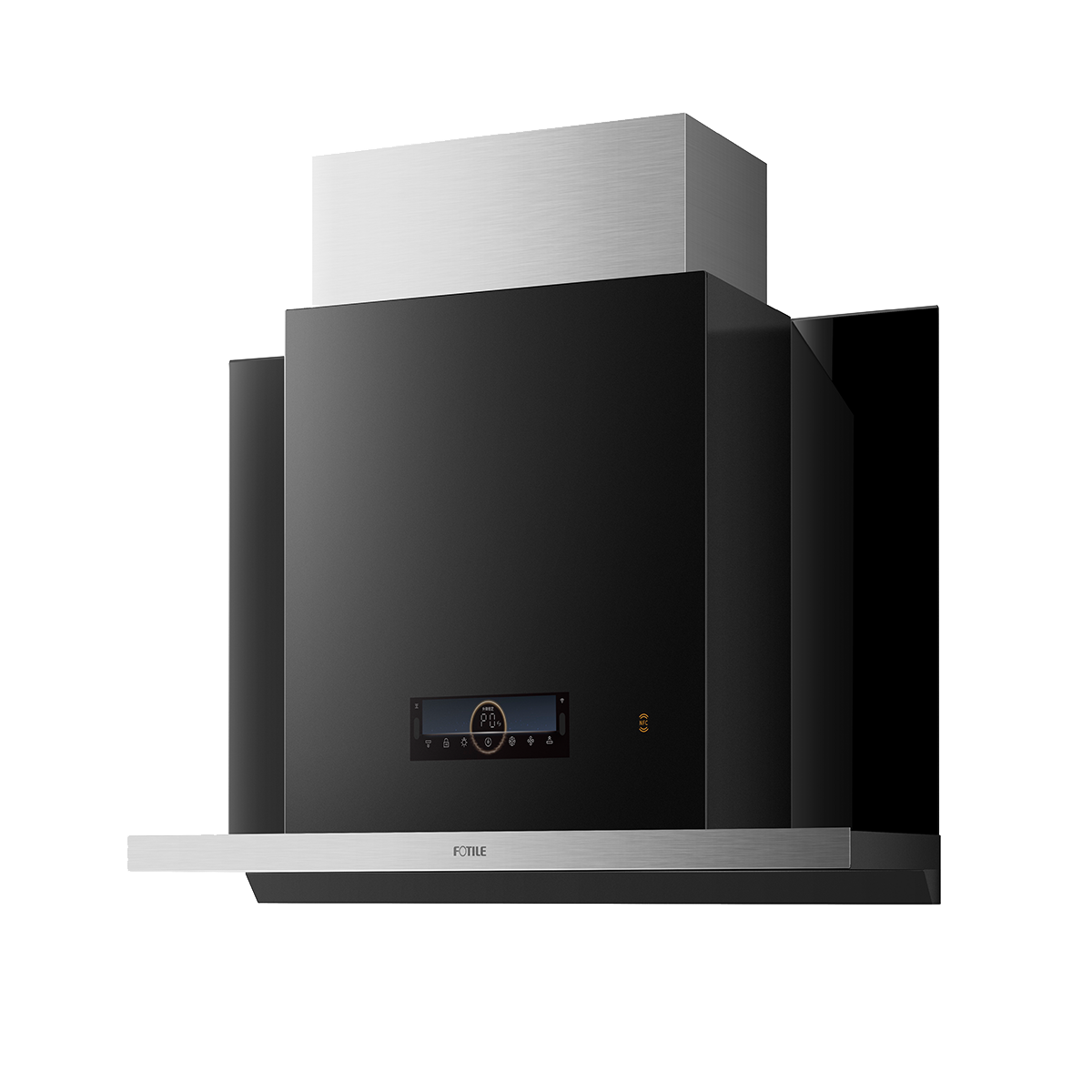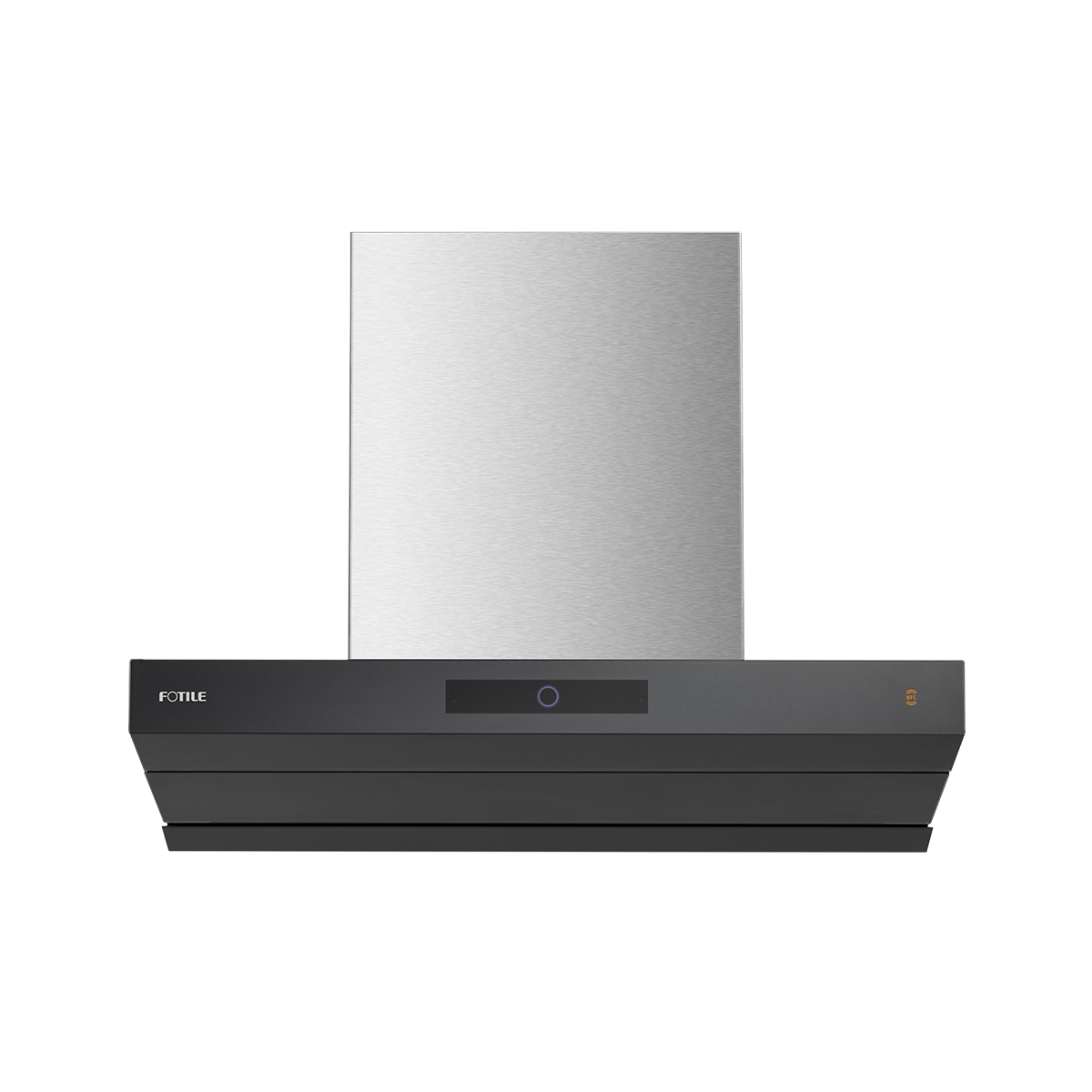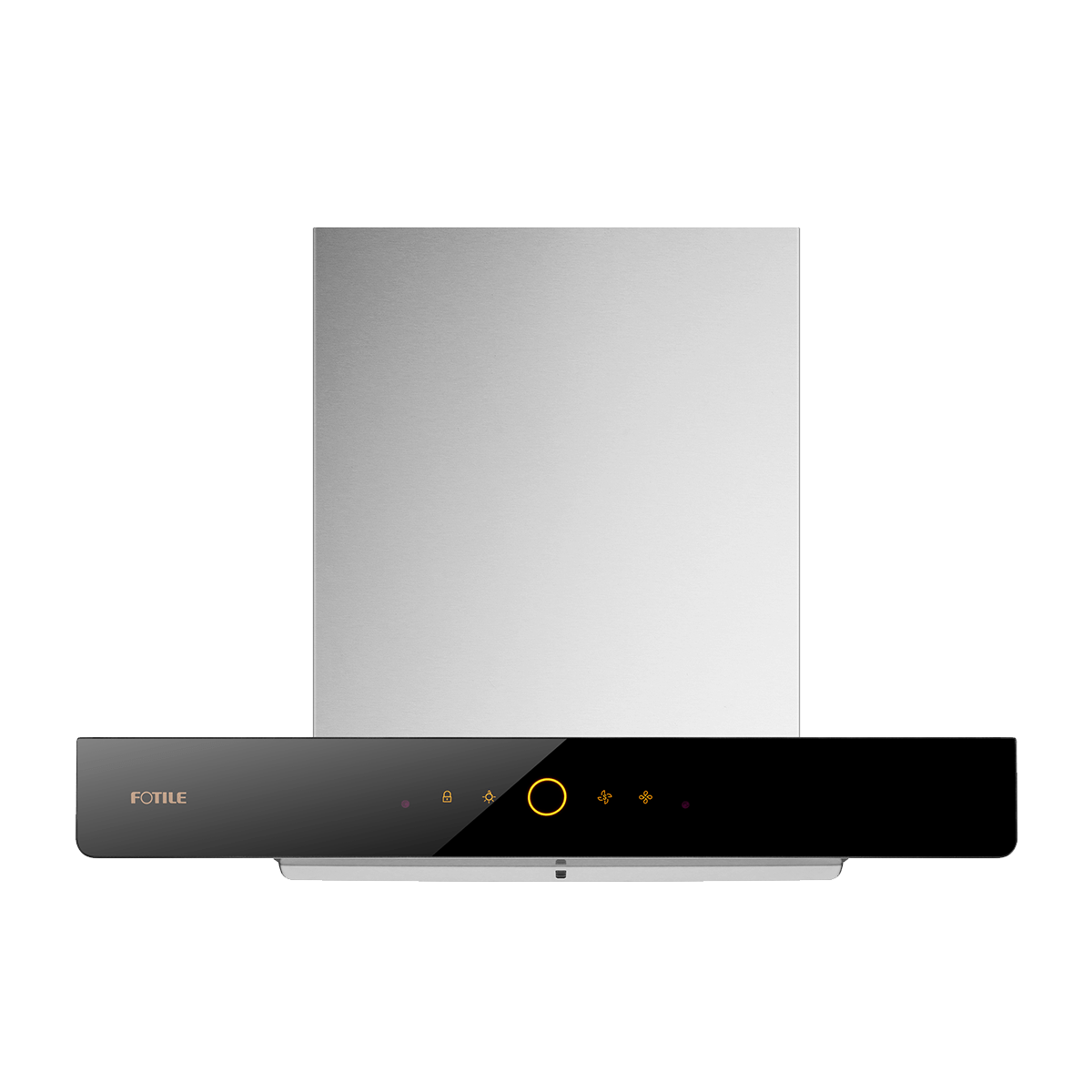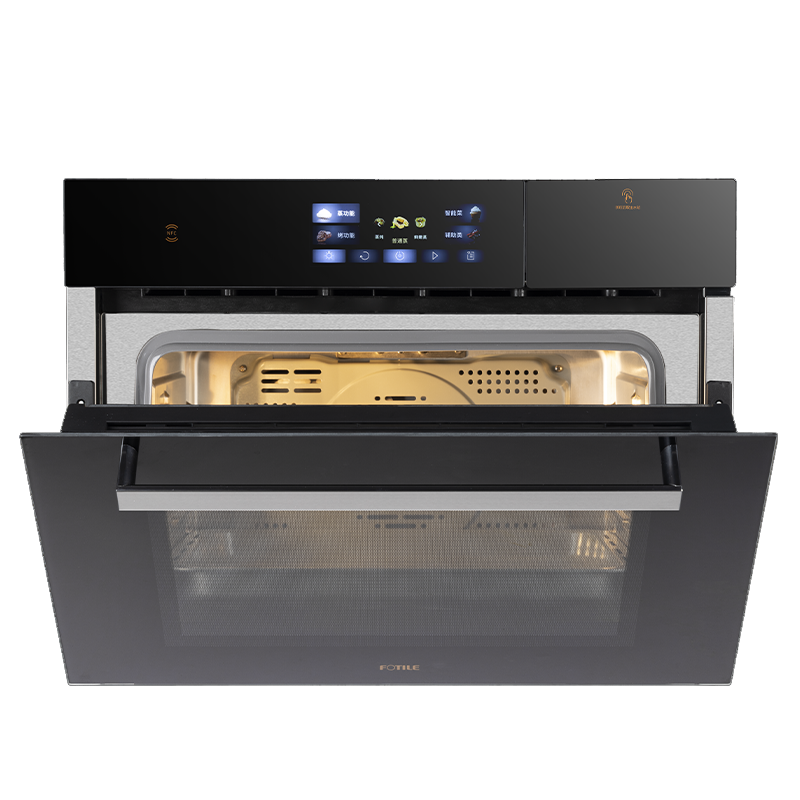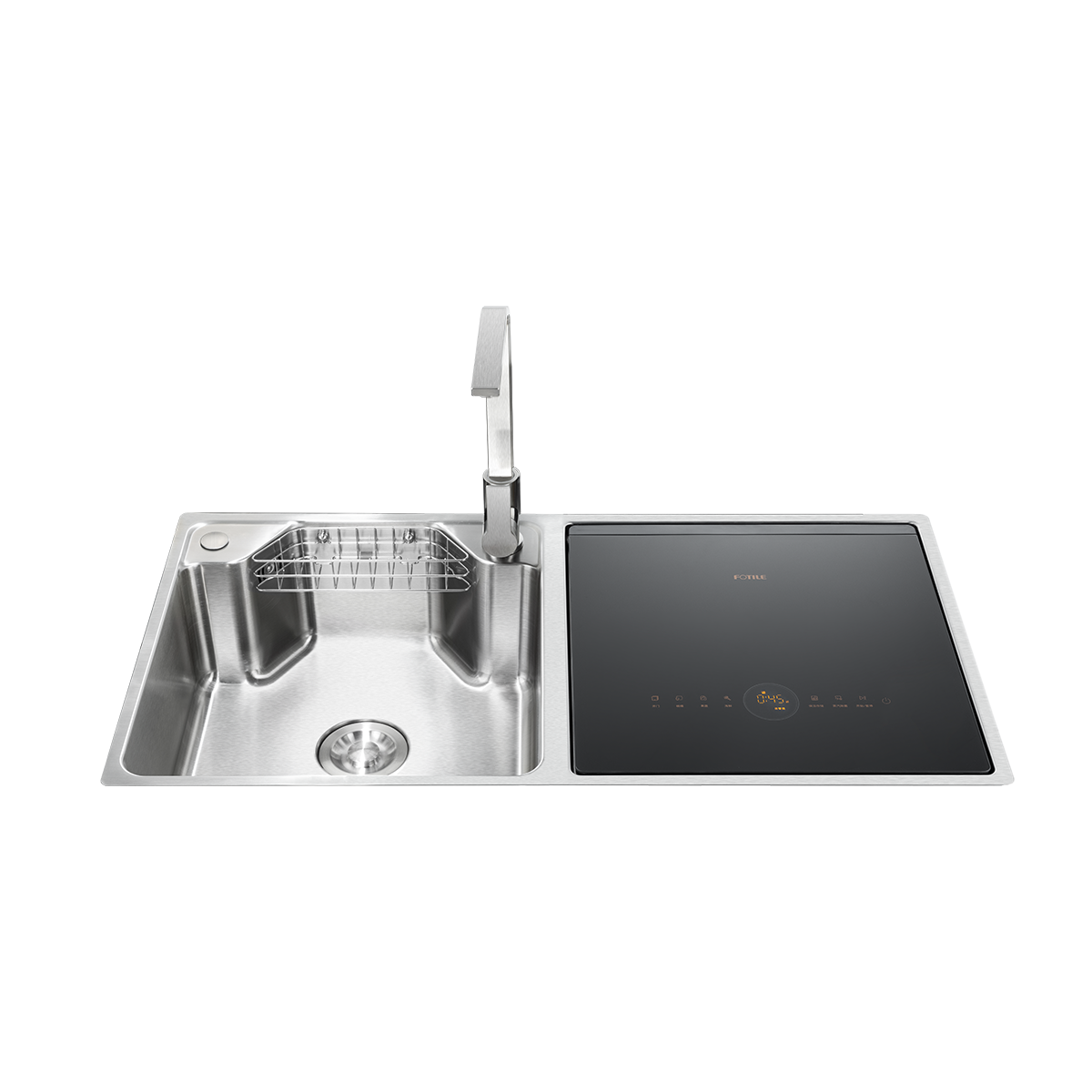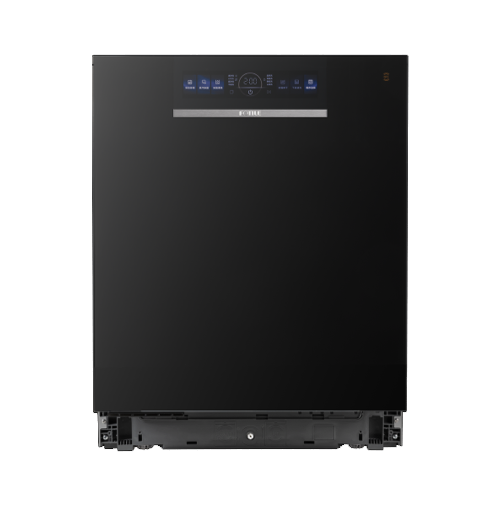2025-01-25
Just Cooking, Why Am I Hot Enough to Suffer from Heatstroke? Kitchen Cooling Guide
Recently, while cooking in the kitchen, I’ve increasingly felt the power of summer.
Due to cooking, the kitchen temperature is much higher than in other rooms of the house. As the temperature rises, the heat in the kitchen continues to climb. Without air conditioning or fans, combined with the flames on the stove, steam rising from pots, and cooking oil fumes, I end up sweating profusely after preparing a meal… it’s time to find ways to “cool down” the kitchen!
This time, I will provide information on how to create a comfortable cooking environment from two aspects: ventilation design and home methods.
Part 1 Designs that Aid Kitchen Ventilation
For kitchens that are being renovated, you can enhance ventilation effectiveness through the following design methods.
1. Kitchen Orientation Design
When renovating a kitchen, especially an open kitchen, placing it in an upwind position can lead to cooking fumes spreading throughout the house. It’s best to design the kitchen in a downwind position to minimize fume dispersion.
2. Window Design
If conditions allow, try to design large windows for the kitchen. This not only improves ventilation but also allows better natural light, enhancing comfort while cooking. Using insulated glass can improve heat conduction through windows and prevent excessive kitchen temperatures.

3. Range Hood Height Design
The height of the range hood should be designed based on the height at which smoke rises.
Typically, for a direct suction range hood, the installation height should be between 650mm-750mm from the countertop; for a close suction range hood, it should be between 350mm-450mm. This height allows smoke to be extracted before it disperses, keeping the kitchen air fresh.
4. Smoke Exhaust Duct Design
In addition to the height of the range hood, attention should also be paid to the design of kitchen exhaust ducts. The design principles are:
- The shorter, the better; ideally not exceeding 5m. Otherwise, it will increase noise from the range hood and affect its exhaust efficiency.
- Keep it straight. If bends are unavoidable, only one elbow should be installed at most, and let the duct transition from vertical to horizontal to reduce difficulty in smoke “turning.”
Tips: When installing ducts, ensure that the joints at inlet and outlet openings are tightly sealed; otherwise, air may leak out and fail to achieve effective exhaust.
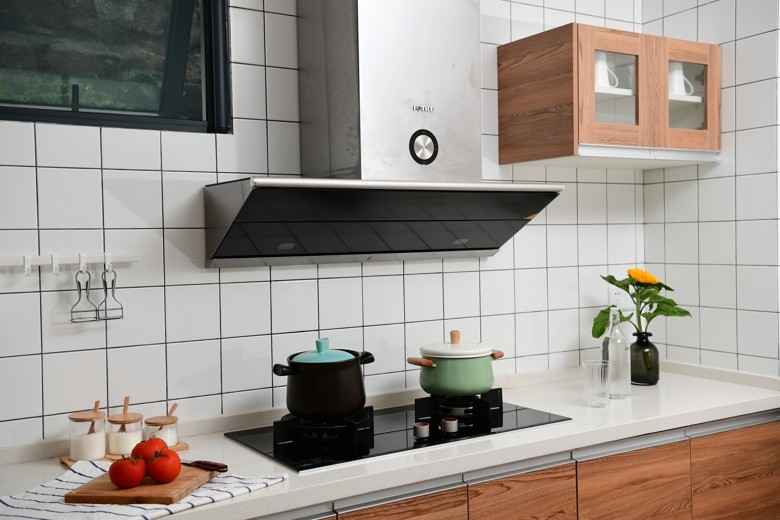
Part 2 Methods to “Cool Down” the Kitchen
In addition to kitchen conditions themselves, kitchen heat is also related to daily cooking habits. The following methods can make cooking feel cooler.
1. Use Flame-Free Cooking Appliances
Open flames are a major source of heat in kitchens, especially in closed kitchens. In summer, choose flame-free appliances like induction cookers, electric steamers, or microwaves to reduce heat sources. Without fire “induction,” kitchens remain more “calm.”

2. Open and Close Doors and Windows Wisely
Some worry about smoke entering other rooms and may close kitchen doors and windows tightly before cooking; however, this is not scientific. Keeping doors and windows closed can create negative pressure in the kitchen during exhaust processes, preventing smoke from being effectively removed. Instead, a small gap should be left open for external airflow to enter the kitchen and create an airflow field so that combustion waste and cooking fumes can smoothly enter the range hood for outdoor exhaust.
3. Increase Greenery
For already renovated kitchens, using some soft furnishings can achieve a visual “cooling” effect. For example, placing green plants like pothos or peace lilies in the kitchen can purify air while providing a visually refreshing atmosphere that adds a sense of coolness and greenery.
 By cleverly utilizing these methods, your kitchen can become a cool oasis during summer!
By cleverly utilizing these methods, your kitchen can become a cool oasis during summer!


